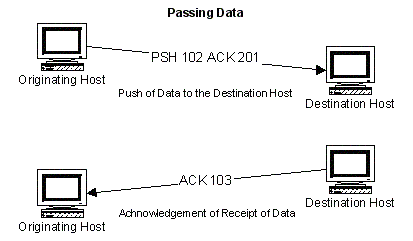Transport Layer
The transport layer is the fourth layer of the OSI Model and exists between the Session Layer and Network Layer. The transport layer is used to actually transfer data from one application to another and can be used to stream data from one device to another. The most popular transport layer, the Transmission Control Protocol, is the foundation for Internet access all over the world.
How The Transport Layer Works
The transport layer receives information from the session layer, which keeps track of the user’s identification and personal settings, and passes it to the network layer, which consists of hardware that is capable of sending the data to other devices. While the network layer is used to actually transport data from one location to another, the transport layer is used to assemble, compile, and encode data so that it is ready to be transported.
Applications
The transport layer is used for all software-related transportation of data between two or more applications or devices. For example, VPNs, FTP sessions, and server-to-client downloads all use the transport layer in order to transfer information. The transport layer also allows applications to take advantage of a wide variety of services that are not provided by any other layer, such as flow control, congestion avoidance, and multiplexing.
Advantages
The transport layer is advantageous because it can assemble data extremely fast and open a connection between two or more applications even if they are located on different devices. The transport layer is also advantageous because it provides error checking and data recovery as well as both connection-oriented and byte-oriented communication.



Comments - 5 Responses to “Transport Layer”
Sorry but comments are closed at this time.